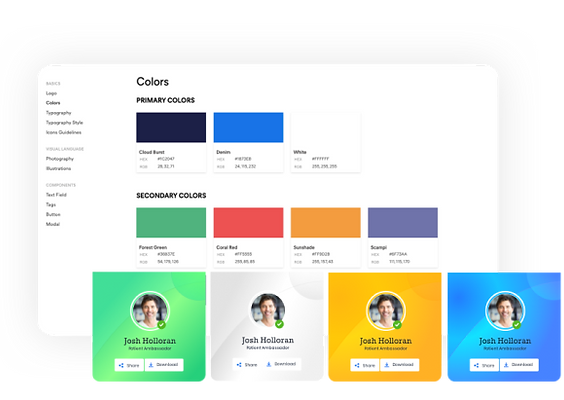Success Stories
REDEFINING GLOBAL MEDICAL TOURISM
To build a first-of-its-kind global digital exchange for patients, hospitals, translators, insurance providers, logistics, pharmacies and other care delivery organisations
INDUSTRY
Medical
CLIENT
SVAST
PHASE
Digital Transformation

The Problem
-
Patients often “FLY BLIND” with no easy way of finding relevant price, quality and availability information, digitally or otherwise.
-
Purely anecdotal or ill-trusted online sources assist patients, manipulating and misleading them at their greatest time of need.
-
As a result, many patients delay or do not seek medical care. They do not know their options or think they cannot afford it. However, the truth is that there may be better options in the next city, state or country depending on individual needs.
The Process
-
Quantitative research
-
Qualitative research
-
User pain points & Challenges
-
Business goals
-
User journey & Persona
Need Finding
Empathize & Define


Key Findings:
We carried out insightful discovery sessions with patients and all other stakeholders who are part of the Medical Value Tourism (MVT) ecosystem. Our key findings were as below:
-
Medical Value Tourism (MVT) business is fragmented globally with lack of trust, efficiency and cost effectiveness
-
Health consumers preference to “consume” healthcare via self-directed value-based products
-
1 in 3 patients actively research online to find options so that they are getting true value (Second opinion).
-
Value gained is unique based on individual preferences, tastes, cultural norms and definition of quality vs. price vs. personal utility.
Explore needs
Ideation
Based on the key findings, we began to ideate and explore ways to address the challenges identified. The outcome? A Business Canvas Model that validated the vision of the SVAST founders.
.png)
Validation
We then incorporated the feedback on the model from key SVAST stakeholders. The model was used to define the end-to-end patient journey, which helped identify key areas for improvement.
.png)
Key Focus Area
Based on the research we came up with four different areas that needed improvement. These were identified as:
-
A need to raise the revenue and margins
-
The revenue growth would come mainly through optimising operational costs, exploring alternate revenue sources and paving way for more data-driven decisions.

Design
Our team designed a platform that addressed key focus areas identified during Phase 2. The platform was designed with the aim of increasing revenue, improving margins through optimising operational costs, exploring alternate revenue sources, and making data-driven decisions. 420 wireframes and 180 UI screens were created to develop a consistent design language across all devices. The design was focused on creating a seamless user experience that allowed patients and care-seekers to access relevant price, quality, and availability information with ease.
The Outcome

One Design
across all devices
One Layout
across the design


One Design Language
consistency in design during product life cycle
The entire design process and its outcomes consisted of
07
Different Users
420+
Wireframes
180+
UI Screens